________________________________________________________________________________
Compact Track Loaders / Caterpillar Compact Track Loaders / Cat 299CCaterpillar 299C Track Loader Troubleshooting
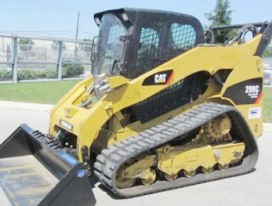
The Caterpillar 299C compact track loader driveline system components: a 201.2 cu.in (3.3L) Cat C3.4 DIT 4-cylinder turbocharged liquid-cooled diesel engine with a rated power of 90 hp (67 kW), and two-speed transmission. The hydraulic system has a pump with a rated flow of 22 gpm (84 lpm). The system pressure is 3335 psi (230 bar). The Caterpillar 299C is equipped with planetary final drives, steel embedded rubber tracks, and wet multi disc brakes. The loader has a lift height of 126.3" (3210 mm) to hinge pin and bucket breakout force of 7310 lbs (3315 kg). The rated operating capacity is 2905 lbs (1318 kg), and tipping load is 8340 lbs (3780 kg).
Engine Troubleshooting
Engine hard to start or doesn't start
Air in the fuel system - Air bleeding.
Fuel filter element is clogged - Clean or change the filter.
Burnt or clogged injection nozzle - Inspect nozzles and replace if necessary.
Water in the fuel system - Change fuel and repair fuel system.
Incorrect valve clearance - Correct valve clearance needs to be set.
Fuel injection pump malfunctioning - Rebuild or replace pump.
Diesel starts but immediately shuts off
Air cleaner is clogged - Clean or change.
Fuel filter element clogging - Change or clean the filter element.
Fuel injection pump is leaking - Repair any leaks.
Damaged or clogged injectors - Test and replace fuel injectors if necessary.
Faulty fuel injection pump - Rebuild or replace pump.
Engine stalls while running
Engine is not fully warmed up - Warm up engine as required.
Fuel filter element is clogged - Install new filter element.
Air in the fuel lines - Bleed the fuel lines.
Fuel injection nozzles are clogged or faulty - Service or change injection nozzles.
Timing of fuel injection pump is incorrect - Check the fuel injection pump timing adjustment.
Engine stalls at idle
Low idle speed adjustment is incorrect - Adjustment required.
Fuel injection pump malfunction - Change or repair the pump.
Fuel injector fault - Test and replace fuel injectors if necessary.
Excessive valve clearance - Adjust valve clearance.
Loss of engine power
Air filter is dirty - Clean or replace element.
Damaged or dirty injection nozzles - Check and replace nozzles if required.
Fuel injection pressure is incorrect - Adjust pressure to proper level.
The valve clearance is not adjusted - Check and adjust.
Improperly adjusted low idle speed - Test and adjust.
Clogged fuel lines or hoses - Clean fuel system hoses and lines.
Cylinder head gasket is blown - Replace the gasket as required.
Piston rings are worn or damaged - Piston rings need to be replaced.
Engine overheated
Low coolant level - Refill to the correct level and inspect system for leaks.
Engine oil insufficient - Fill the crankcase with engine oil.
Radiator core is dirty or radiator cap is damaged - Clean radiator or install new cap.
Loose or damaged fan belt - Replace the fan belt.
Diesel engine is overloaded - Load reducing required.
Oil pressure too low
Oil level is insufficient - Fill up the engine oil.
Clogged oil filter element - Clean or replace engine oil filter element.
Different type of engine oil - Fill up with the proper oil viscosity.
Crankshaft bearing oil clearance is incorrect - Bearings need to be reinstalled.
Oil pump is worn or damaged - Repair or replace.
Engine knocking sound or abnormal noise
Engine oil level is insufficient - Fill up the engine oil.
Engine has not warmed up to the recommended temperature - Warm up to required temperature.
Timing of fuel injection pump is incorrect - Set the fuel pump timing correctly.
Low idle speed adjustment is incorrect - Normalize low idle speed.
Defective fuel injectors - Clean fuel injectors or change it.
Connecting rod is not aligned or defective - Replace or align connecting rod.
Worn or broken pistons - Replace the pistons as required.
Drive system will not operate in either direction
Hydraulic fluid is insufficient - Fill up the hydraulic fluid.
Damaged or jammed undercarriage tracks - Fix jamming or repair tracks.
Relief valve is damaged - Repair or replace.
Suction line or hydraulic filter is plugged - Check, clean, or replace if required.
Faulty foot or hand controls - Check and repair as required.
Damaged drive pump or motor - Repair or replace faulty component.
Machine does not move straight or moves jerky
Damaged or jammed track mechanism - Fix jamming or repair tracks.
Tracks are worn or improperly tensioned - Adjust track tension or repair tracks.
Foreign objects, debris, or dirt stuck in track frame - Clean undercarriage track frame.
Lack of power
Hydraulic oil filter is plugged - Replace or clean hydraulic filter.
Opened or defective relief valve - Replace or close relief valve.
Transmission components are faulty or damaged - Check and change defective components.
Defective input drive shaft - Change or repair faulty drive shaft.
Hydraulic system is leaking air - Need to bleed air.
Drive system overheats
Hydraulic oil is insufficient - Check and refill the hydraulic oil.
Dirty hydraulic fluid filter - Change or clean hydraulic filter.
Relief valve defective or worn - Relief valve need to be replaced or repair.
Worn hydraulic motor or drive pump - Replace or repair faulty component.
Oil cooler is clogged - Clean the cooling fins.
Transmission overloading - Reduce drive system load.
Drive system is excessively noisy
Improper oil viscosity - Use proper oil viscosity.
Air leaks in hydraulic system - Bleed air from system.
Hydraulic motor or drive pump failure - Repair or replace faulty component.
Mechanical parts of drive system are defective or worn - Inspect the components and repair as needed.
Hydraulic system has overheating
Hydraulic pressure is not adjusted correctly - Hydraulic pressure must be set correctly.
Unadjusted or defective main relief valve - Adjust or replace the relief valve.
Dirty hydraulic oil - Hydraulic oil change required.
Hydraulic fluid level is insufficient - Check and refill the hydraulic fluid.
Worn hydraulic oil pump - Change or repair hydraulic pump if required.
Lift arm can't drop or lift
Defective lift controls - Repair or change.
Hydraulic pump malfunction - Repair or install new hydraulic pump.
Defective hydraulic control valve - Repair or replace the valve.
Damaged hydraulic cylinder - Replace or repair boom cylinder.
Hydraulic fluid is insufficient - Fill up the hydraulic fluid.
Bucket does not tilt
Bucket controls are faulty - Repair or change.
Hydraulic pump is broken - Repair or change pump if required.
Hydraulic control valve is faulty - Replace or repair the valve.
Defective bucket cylinder - Repair or install a new cylinder.
Insufficient hydraulic oil - Check and refill the hydraulic oil.
Boom or bucket runs slowly
Hydraulic pump is worn - Test pump flow rate and replace pump if required.
Oil leaks from hydraulic cylinder - Correct leakage by changing the seals.
Insufficient hydraulic fluid - Checking hydraulic fluid level and add if necessary.
Defective or not adjusted hydraulic control valve - Repair or set correctly.
Hydraulic system loosing pressure - Correct adjustment is required.
Jerky operation of the bucket or boom
There is air in the hydraulic system - Bleed hydraulic system.
Hydraulic oil filter element clogging - Service or replace the hydraulic filter.
Dirty hydraulic fluid - Hydraulic fluid change required.
Scratched cylinder rod or tube - Change failed component.
Excessive hydraulic pump noise
Lack of oil or hydraulic leakage - Repair hydraulic leaks or add oil as required.
Dirty hydraulic filter - Service or replace hydraulic filter.
Suction line is dirty - Need to service the suction line.
Air trapped in hydraulic pump - Air bleeding is required.
Pump components are worn out - Rebuild or replace hydraulic pump.
Battery is not charging
Electrical cable connections are loose or corroded - Tighten or clean connections.
Defective battery terminal connectors - Terminal connectors need to be changed.
Defective battery - Install a new battery.
Loose or defective belt - Change belt or adjust belt tension.
Starter turning slow
Low battery voltage - Charge the battery.
Battery is draining quickly - Service or replace the battery.
Corroded battery terminals or disconnected wires - Check cable connections and change or clean terminals.
Starter will not work
Battery is discharged or worn - Recharge or change battery.
Wire harness is disconnected or incorrectly connected - Check wire harness and connect as required.
Battery capacity is low - Recharge the battery.
Starter motor failure - Change or repair starter.
________________________________________________________________________________
________________________________________________________________________________________
| BOBCAT SKID STEER AND COMPACT TRACK LOADERS |
________________________________________________________________________________________
________________________________________________________________________________________
________________________________________________________________________________________
________________________________________________________________________________________
| GEHL SKID STEER AND COMPACT TRACK LOADERS |
________________________________________________________________________________________
________________________________________________________________________________________
________________________________________________________________________________________
| CASE SKID STEER AND COMPACT TRACK LOADERS |
________________________________________________________________________________________
________________________________________________________________________________________
________________________________________________________________________________________
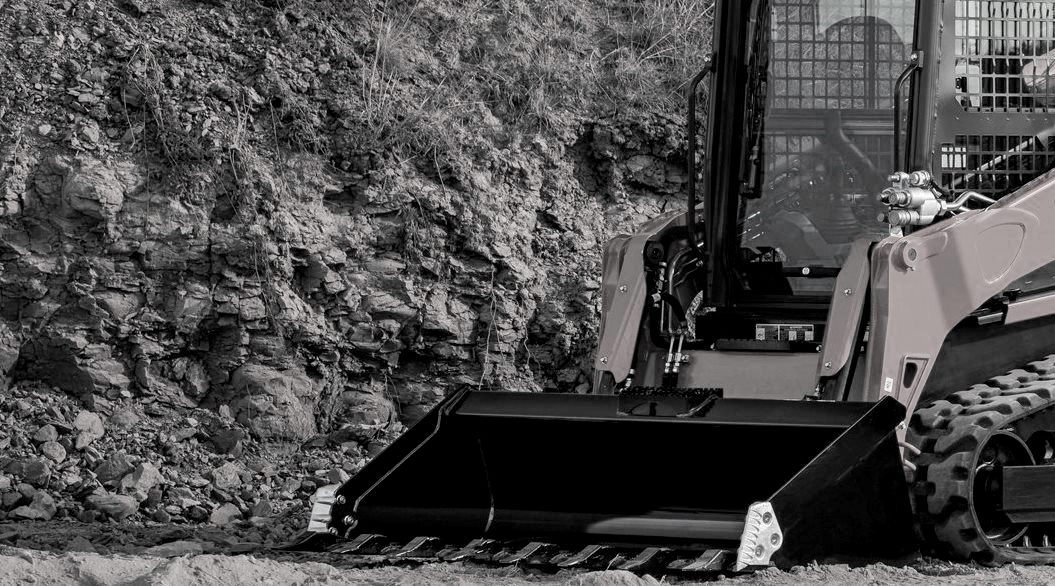
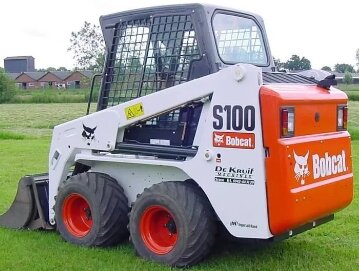 S100
S100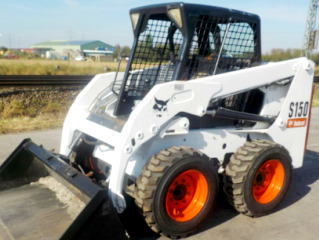 S150
S150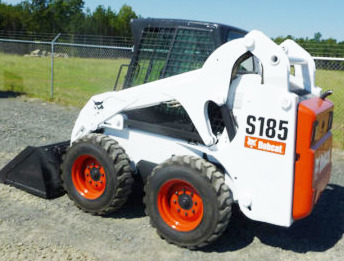 S185
S185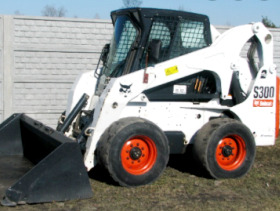 S300
S300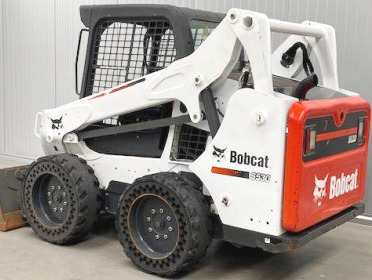 S530
S530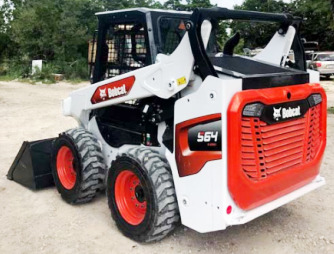 S64
S64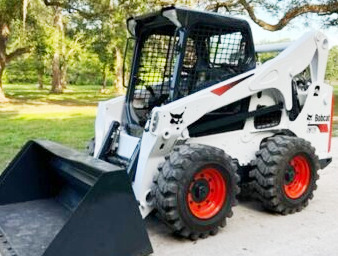 S740
S740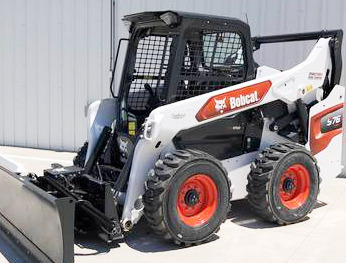 S76
S76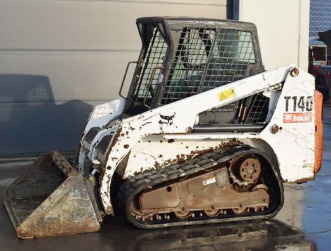 T140
T140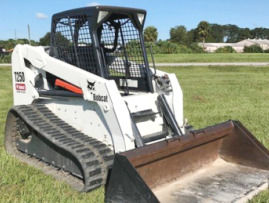 T250
T250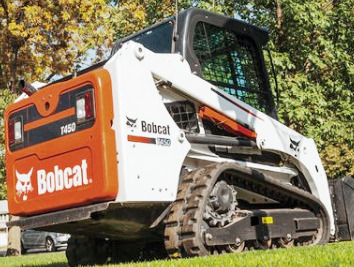 T450
T450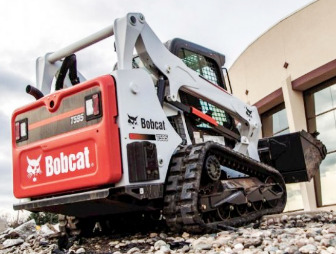 T595
T595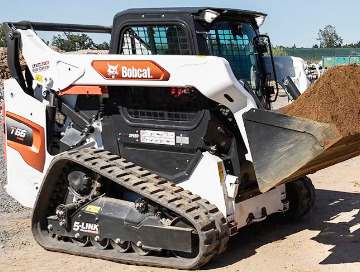 T66
T66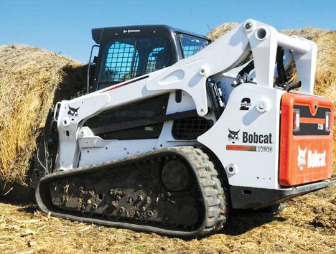 T750
T750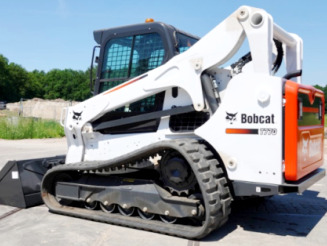 T770
T770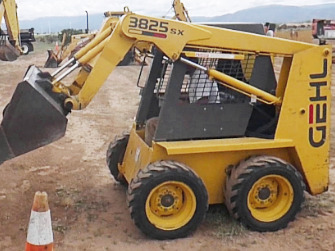 3825SX
3825SX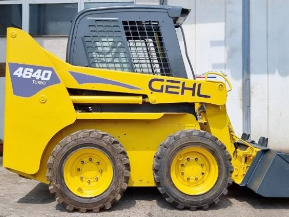 4640
4640 5625DX
5625DX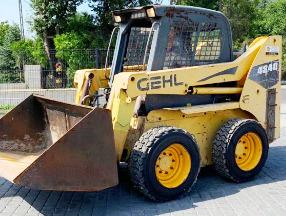 4840E
4840E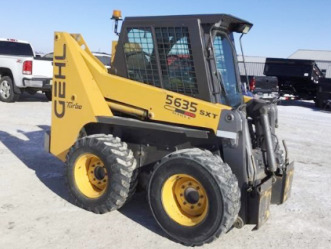 5635SXT
5635SXT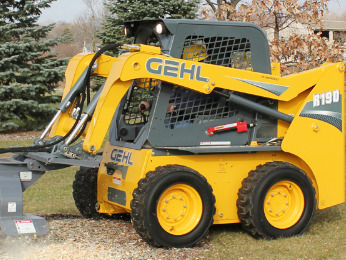 R190
R190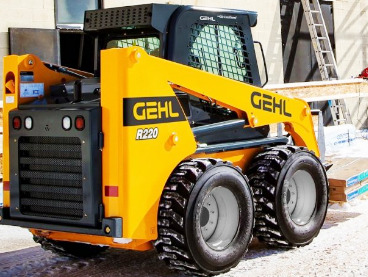 R220
R220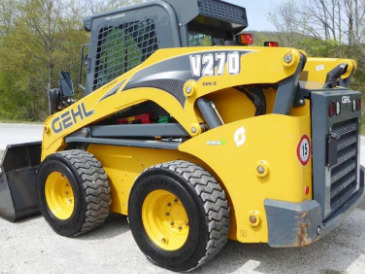 V270
V270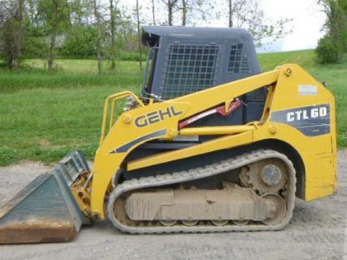 CTL60
CTL60 CTL75
CTL75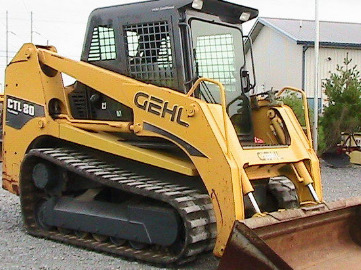 CTL80
CTL80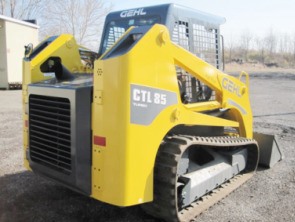 CTL85
CTL85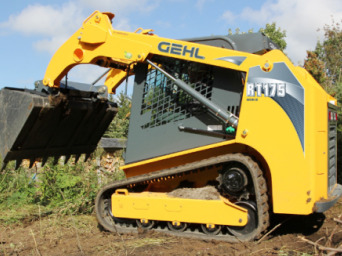 RT175
RT175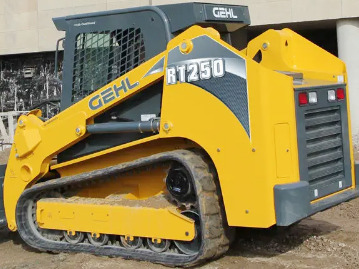 RT251
RT251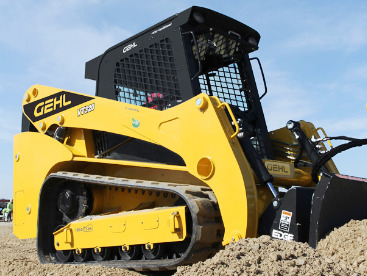 VT320
VT320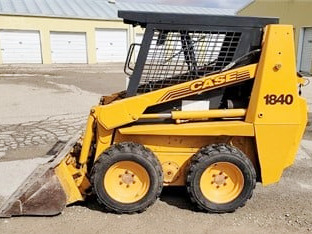 1840
1840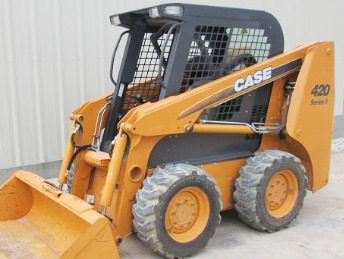 420
420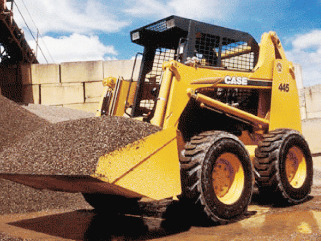 445
445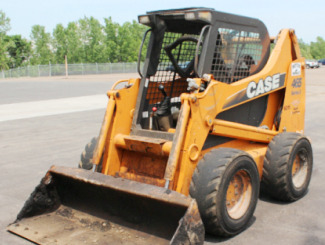 465
465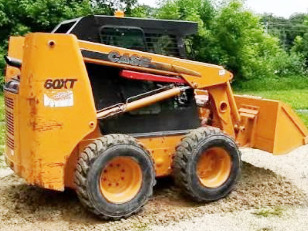 60XT
60XT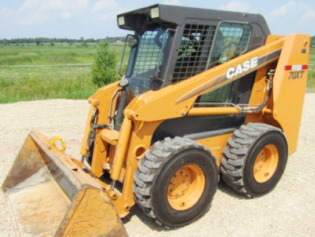 70XT
70XT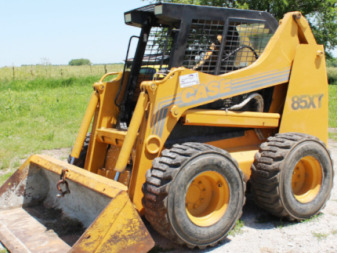 85XT
85XT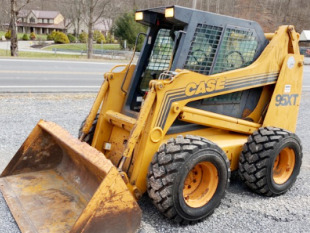 95XT
95XT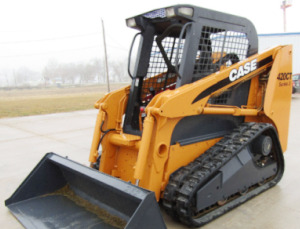 420CT
420CT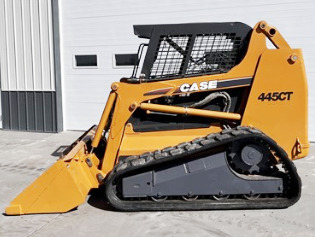 445CT
445CT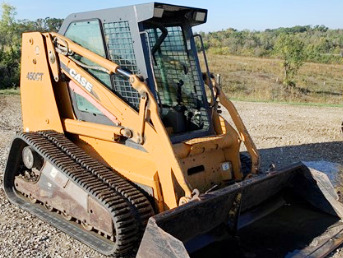 450CT
450CT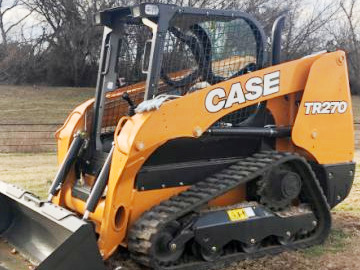 TR270
TR270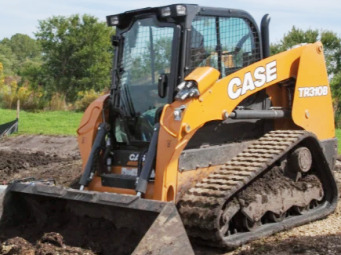 TR310B
TR310B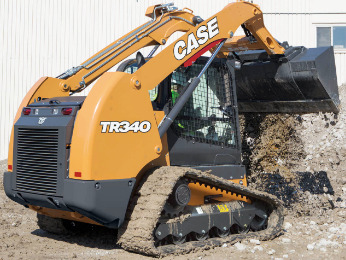 TR340
TR340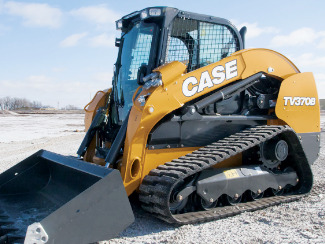 TV370B
TV370B